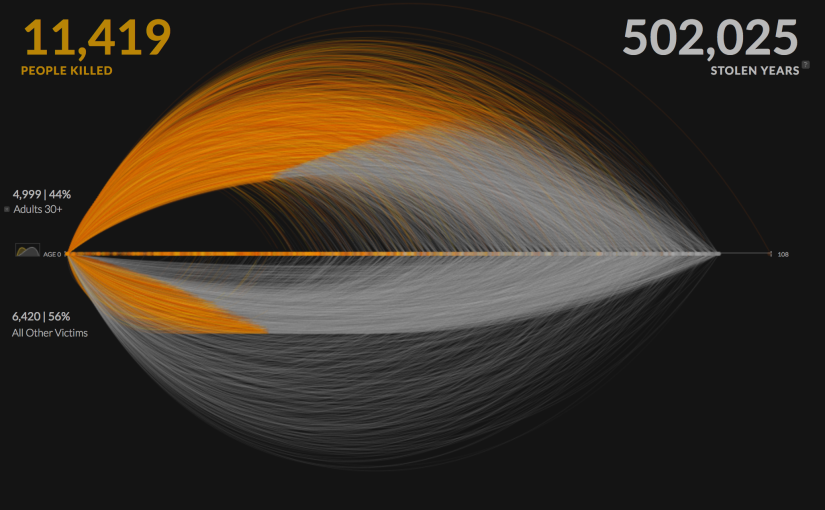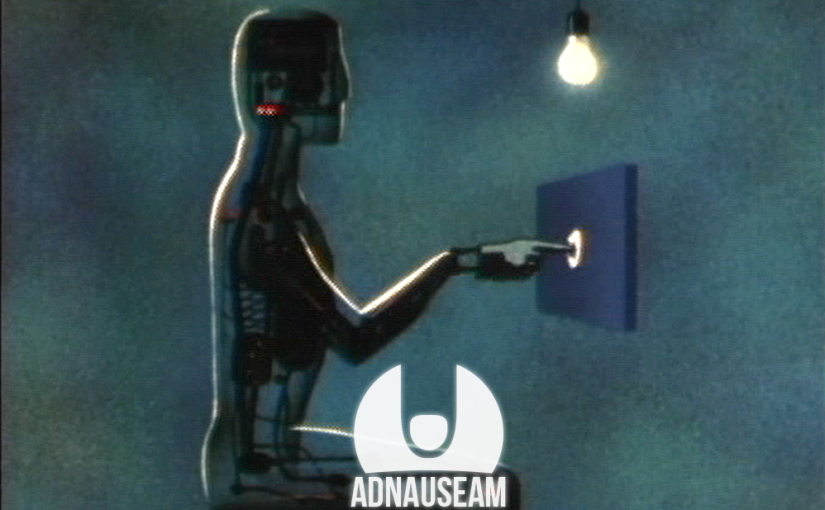Class Plan: Design and Technology 101 / Learning to Teach for SFPC.io
I was invited by my friends at the School For Poetic Computation (SFPC) to share some teaching tips with fellow design and technology teachers following their Learning to Teach, Teaching to Learn conference from last week. It is based on my Digital Platforms class for 2nd year students at Shenkar College‘s Visual Communication program (and previously at Parsons and Bezalel) I usually prepare the class in advance with a blogpost so here goes:
https://www.youtube.com/watch?v=r8NZa9wYZ_U
- Traditional phones ceremony
- Smiles
- How are you doing?
- Our plan for today
Continue reading “Class Plan: Design and Technology 101 / Learning to Teach for SFPC.io”







